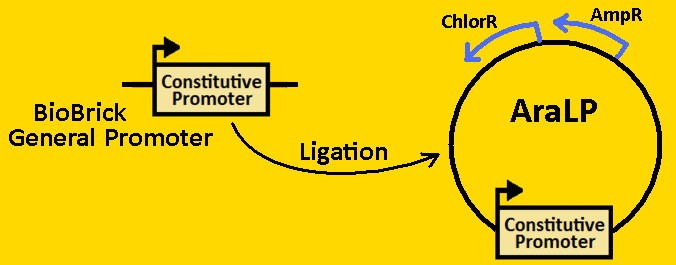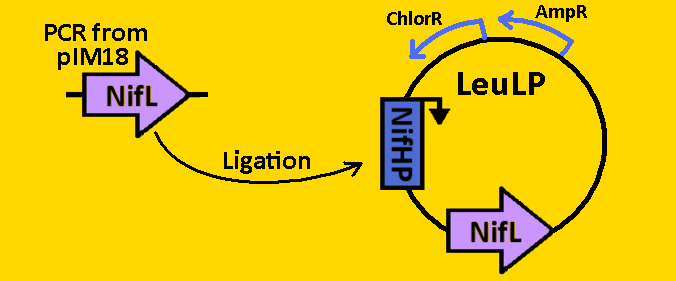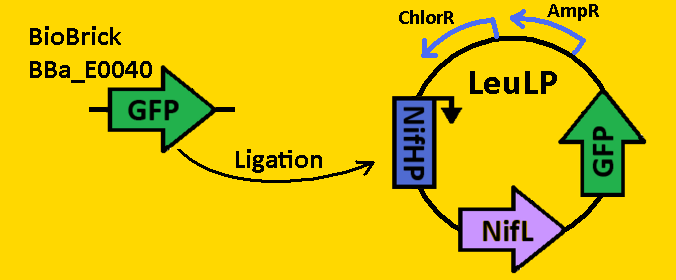Team:Michigan/Project/Fabrication
From 2008.igem.org
|
|---|
|
Project FabricationWe will be using landing pads to insert the Sequestillator onto the chromosome of E. coli. Noisy behavior has proven detrimental to clock studies throughout the past, and we hope to reduce the noise in our system using landing pads.
Landing Pad Plans for Sequestillator
Specific Fabrication TechniquesActivator Operon
Repressor Operon
For better visualization of what our parts look like in our landing pads, see our Landing Pad Page
|
|---|
 "
"







